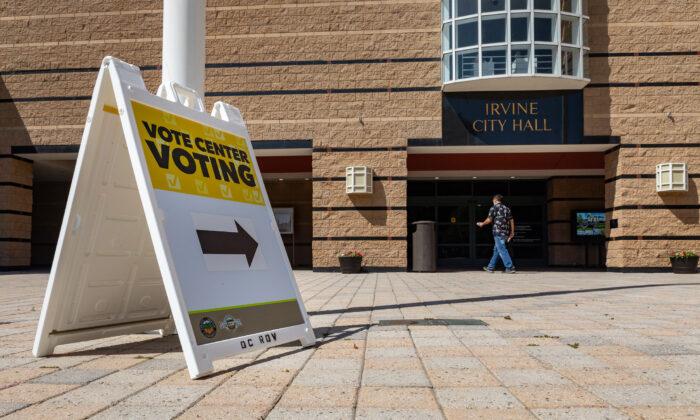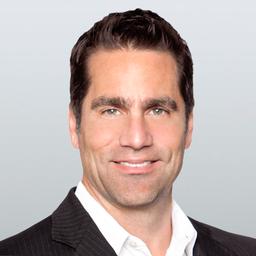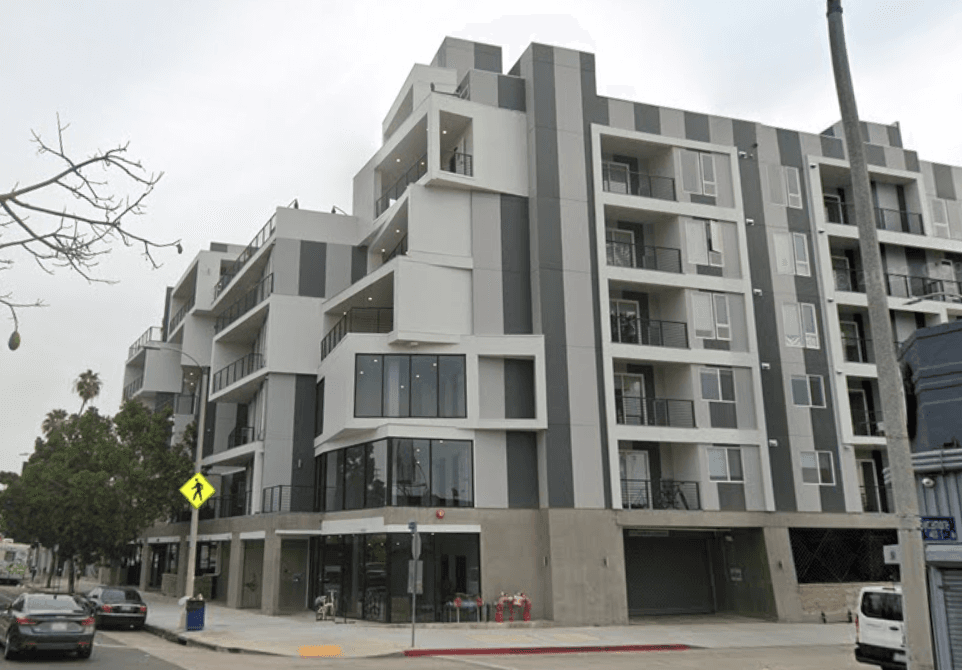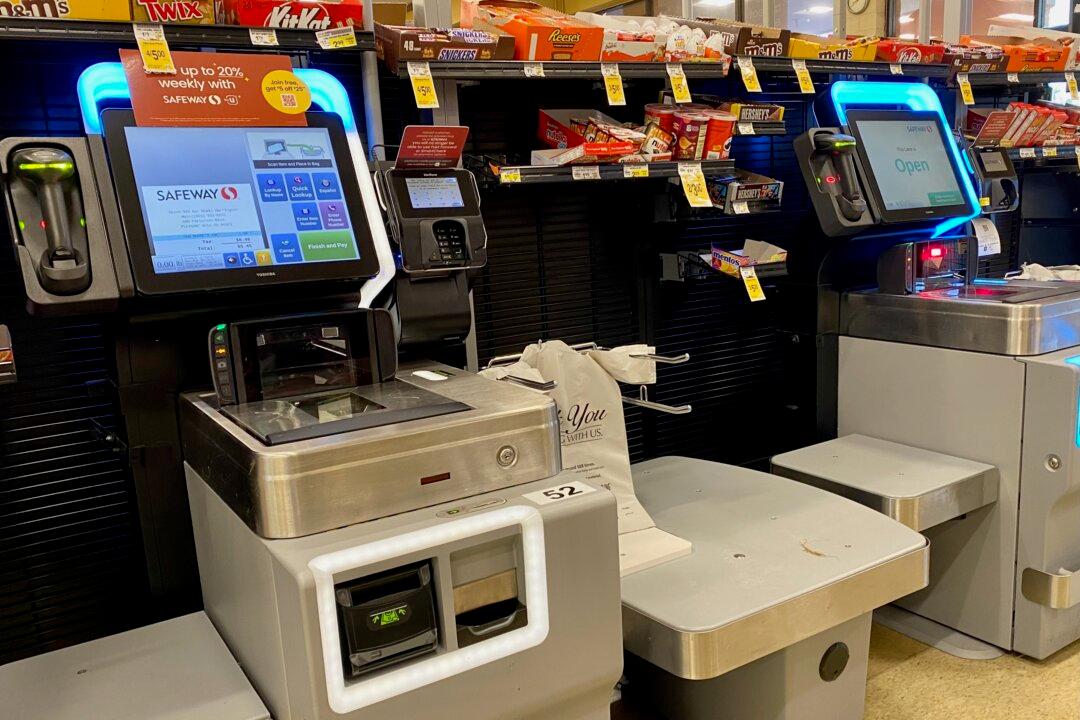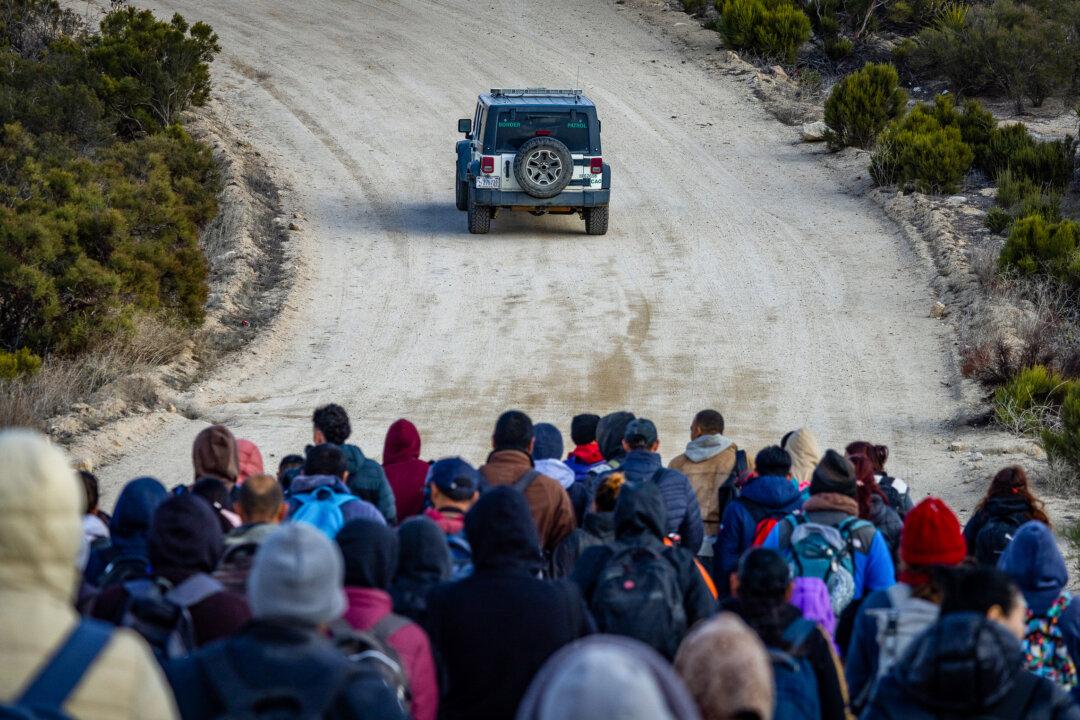The ouster this week of progressive San Francisco District Attorney Chesa Boudin is making news in conservative media, but looking beyond this headline, there is little good for Republicans coming out of California’s primaries.
This is supposed to be the year of the “red wave,” as things could not be better aligned for Republicans. High inflation, high crime, high gas prices, an overseas disaster, and a weak and unpopular president. But the hope that this may lead to real change in California should be diminished by the primary results.
California’s primary structure provides a real preview of the general election in November. Most states have separate Republican and Democrat primaries, where candidates compete only against those from their own party. California has an “open primary,” where candidates from all parties compete in the same primary, with the top two vote getters moving on to the general election.
At the top of the ballot was the governor’s race. Gavin Newsom is up for reelection, coming off a recall vote just last year. Newsom originally won election in 2018 with 61.9 percent of the vote. He defeated the recall last year by the exact same percentage. In his primary race this week against three opponents, two Republicans and an independent, he has garnered 56.3 percent of the vote thus far (votes are still being counted). The candidate endorsed by the state’s Republican party is at 16.8 percent. Clearly, no wave.
The other statewide races show similar results. For attorney general, the Democrat holds a 54.5 percent to 35.3 percent lead over the two Republican candidates’ combined number. For lieutenant governor, the Democrat holds a 52 percent to 39 percent lead over the three Republican candidates combined. For secretary of state, the Democrat leads holds a 59 percent to 35 percent lead over the three Republican candidates. Again, no wave.
The Los Angeles mayor’s race went only marginally better. The clear choice to turn the city around is the Republican turned no party preference turned Democrat (just before joining the race) real estate developer Rick Caruso. His primary opponent is the former community organizer, Congresswoman Karen Bass. Bass came in second to Kamala Harris in Biden’s hunt for the most qualified person (provided the person’s skin color was black and gender female) for vice president. She comes from the Lori Lightfoot (Chicago) and Bill DeBlasio (NYC) school of progressive governance.
Caruso is in first, ahead of Bass, but only by five points. This is despite Caruso outspending Bass by a $40 million to $3 million margin. The next closest candidate, who is as far left as Bass, received 7.5 percent of the vote. Assuming those votes will go to Bass in November, that gives her a 2.5 percent edge over Caruso. In other words, despite the myriad of problems in L.A., the people are still poised to elect someone who plans to continue the current policies.
The only silver lining was the recall of the George Soros-backed San Francisco DA. This was certainly heartening. However, with crime soaring and his sole job being to stop it, the recall vote was a lay-up. Further, it was not Boudin versus a Republican. It was essentially a referendum on whether crime is too high or not. In November, San Francisco voters will have to pick someone to replace Boudin, and he is not barred from running to replace himself.
I would not put it past SF voters to put him back in, or at least replace him with someone of the same ilk. They did it before. They put in Boudin just after they had chased out the prior Soros-backed DA, George Gascón, who is now the Los Angeles DA and also facing a recall!
Thus, despite predictions of a red wave, it was business as usual for California voters. There was barely any movement from recent elections. By comparison, in the New Jersey governor’s race in November there was a 13-point swing in favor of the Republican candidate compared to the 2020 presidential election, and in Virginia there was a 12-point swing in favor of Republican Glenn Youngkin, the winner.
One would expect a similar swing in California, especially considering that California’s problems are worse than most states. It ranks toward the bottom in homelessness, crime, schools, and roads. We have the highest gas prices in the country, and among the highest electricity prices. We have droughts and wildfires due to mismanagement of our reservoirs and forests. While the rest of the country worries about inflation, a recent poll of Los Angeles voters showed their biggest concerns were homelessness (49 percent) and crime (42 percent), with the economy way down the list (12 percent).
California voters just do not seem ready to accept that it is the progressive leaders whom they keep electing who are the problem. They appear to be in denial. Apathy is another good explanation. Turnout was dismal, about 20 percent. California’s natural beauty and idyllic weather tends to bring that out in people here. They are more willing to overlook significant problems. (It is like the restaurant in a great location; the food and service can be marginal, but the people still come.)
In addition, woke and cancel culture is strong here. Democrats have done a great job of smearing Republicans, labeling them as racist, sexist, and homophobic. Who wants to be called that? And who wants to be cancelled? So Republicans stay quiet, go underground, or switch parties, like Caruso. Thus, conservatives’ best hope for change in California is, ironically, a Democrat.
